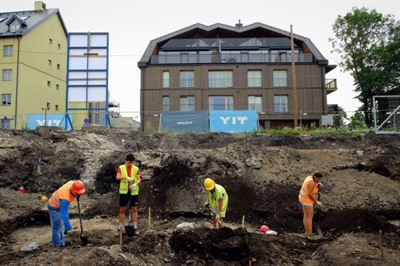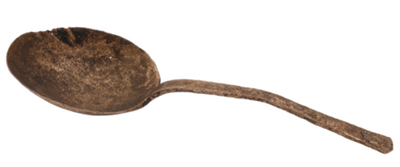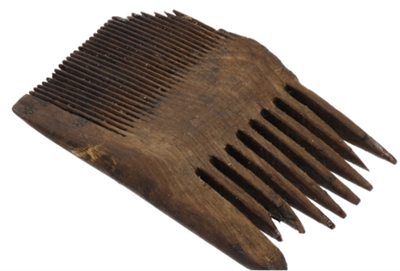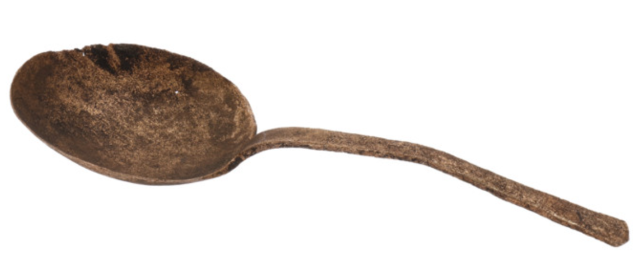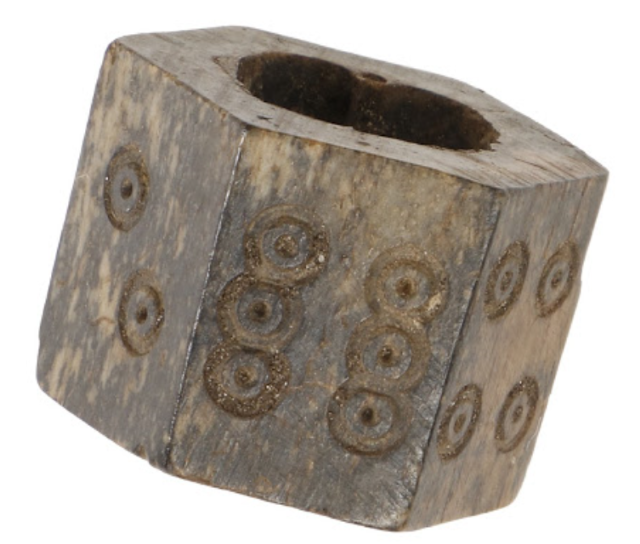YIT Live Bee Cam offers a glimpse of the life in a beehive
The largest collection of medieval archaeological findings in Estonia and entire northern Europe was revealed in the summer 2018 at a YIT construction site in Tallinn.
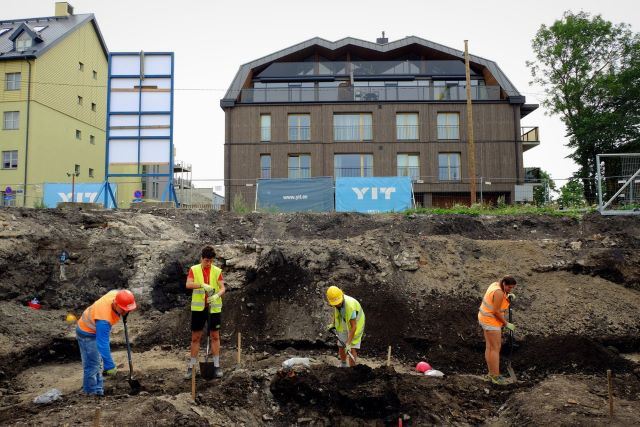
Kalamaja is among the oldest suburbs of Tallinn. The first written records of Kalamaja appear already in the 14th century. It is assumed that already in medieval times fishermen who fished further along the coast had huts in the region of the current Suur-Patarei street.
When the construction of YIT’s residential buildings with 3–4 storeys was supposed to be initiated on the construction site in April 2018, suddenly several valuable medieval findings were made in the ground. More than 20,000 objects, including shoes, ceramics, wooden combs, tools and jewellery were found at the plot that covers approximately 7,000 square metres between the streets Jahu and Väike-Patarei. It was discovered that the site used to be a landfill in the Middle Ages, which explains the wide selection of the objects found. The stratum of objects from the Late Middle Ages was especially well preserved despite previous construction work.
The large number of religious objects was a special characteristic of the find. It is believed that the religious objects ended up at the plot with demolition waste from a chapel. Thanks to the anoxic soil, many leather and wooden objects were also preserved.
YIT actively cooperated with the company Arheox that conducted the archaeological excavations and participated in organising an exhibition of the objects found, among other things. The start of the residential area named Mündrik was ultimately delayed by four months from what was planned. For its part, YIT gave the residential area the old Estonian name, referring to an artisan, fisher or beater, which respects the area’s valuable cultural history.
